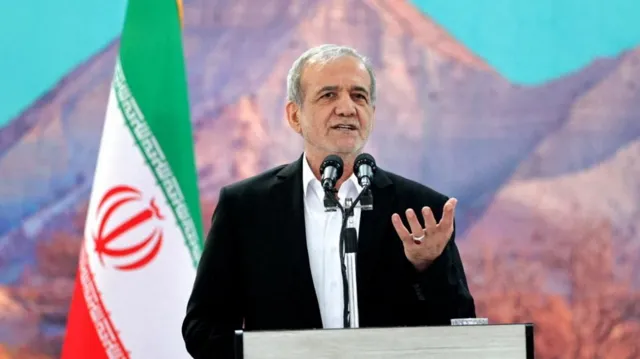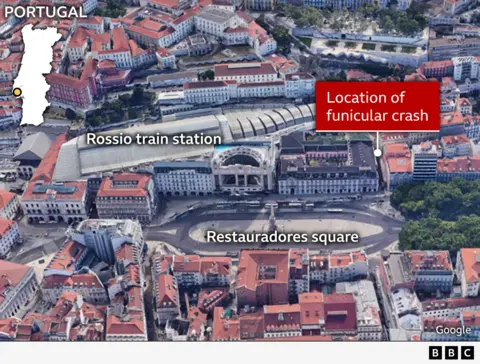World News
Iran, Iranian Christians, Iranian regime, Israel, Israel-Gaza conflict, Israel-Gaza war, Israel-Hamas conflict, Israel-Palestine, Israeli airstrikes, Israeli attacks, Israeli Coastline, Israeli Hostage Crisis, Israeli Military, Masoud Pezeshkian, Russia-Iran relations, Supreme National Security Council, Tehrangeles, US-Iran talks
admin
0 Comments
Iran President Pezeshkian Reportedly Injured in Alleged Israeli Strike on Tehran Facility
Iran President Reportedly Injured in Israeli Strikes Amid Escalating Tensions
In a significant development amid the ongoing conflict, Iranian President Masoud Pezeshkian was reportedly sustained minor injuries during an Israeli strike targeting a secret underground facility in Tehran last month. The incident, which occurred on June 16, is alleged to have involved multiple bombs targeting access and ventilation points of the facility where the President was attending a high-level emergency meeting of the Supreme National Security Council.
According to a report by Iran’s state-affiliated Fars news agency, the precise nature of the attack aimed to cripple the facility’s operations, including its six entry and exit points and its ventilation system. The report, which has not been independently verified, suggests that President Pezeshkian and other high-ranking officials narrowly escaped through an emergency shaft amidst the chaos and the complete cutoff of electricity to the facility. This event has prompted an internal investigation within Iran, reportedly focusing on potential infiltration by Israeli agents.

The Supreme National Security Council represents a critical decision-making body within Iran, second only to Supreme Leader Ayatollah Ali Khamenei. The alleged targeting of a meeting involving such high-profile figures underscores the escalating nature of the conflict between Iran and Israel. This report follows President Pezeshkian’s public accusation last week that Israel was attempting to assassinate him, a claim Israel has denied, with Israeli Defence Minister Israel Katz stating that “regime change” is not a war objective.
The broader context of this incident is the intense aerial campaign that has been ongoing for weeks. Videos circulating on social media have depicted repeated strikes against mountainous areas in northwestern Tehran. The Fars report specifically details that the strikes on the fourth day of the wider conflict targeted this clandestine underground facility where key Iranian leaders were present. The simultaneous disabling of power and ventilation systems highlights a sophisticated and coordinated attack.
The report also touches upon the significant initial impact of Israeli operations on Iran’s military and political leadership. Several high-ranking IRGC and army commanders were reportedly eliminated early in the conflict, leading to a period of “decision-making paralysis” for Iranian leadership in the first 24 hours following the initial attacks. Israeli officials have acknowledged that Ayatollah Khamenei was also a target, but their ability to track him was compromised due to his relocation to a secure, undisclosed location, significantly limiting his external communications.
Questions linger regarding the intelligence capabilities that enabled Israel to gather critical information about the whereabouts of top Iranian officials, commanders, and sensitive secret facilities. On June 13, Israel initiated a series of surprise attacks on Iranian nuclear and military sites, citing the imperative to prevent Tehran from developing nuclear weapons. Iran, which retaliated with its own aerial assaults on Israel, consistently denies pursuing nuclear weapons, asserting that its uranium enrichment activities are solely for peaceful purposes.
Adding another layer to the regional tensions, the US Air Force and Navy conducted air and missile strikes against three Iranian nuclear facilities on June 22. US President Donald Trump characterized the attack as having “obliterated” the facilities, although some US intelligence agencies have offered a more reserved assessment of the operation’s impact.
These interconnected events paint a grim picture of a region on edge, with each strike and counter-strike deepening the conflict and raising concerns about wider destabilization.



Post Comment